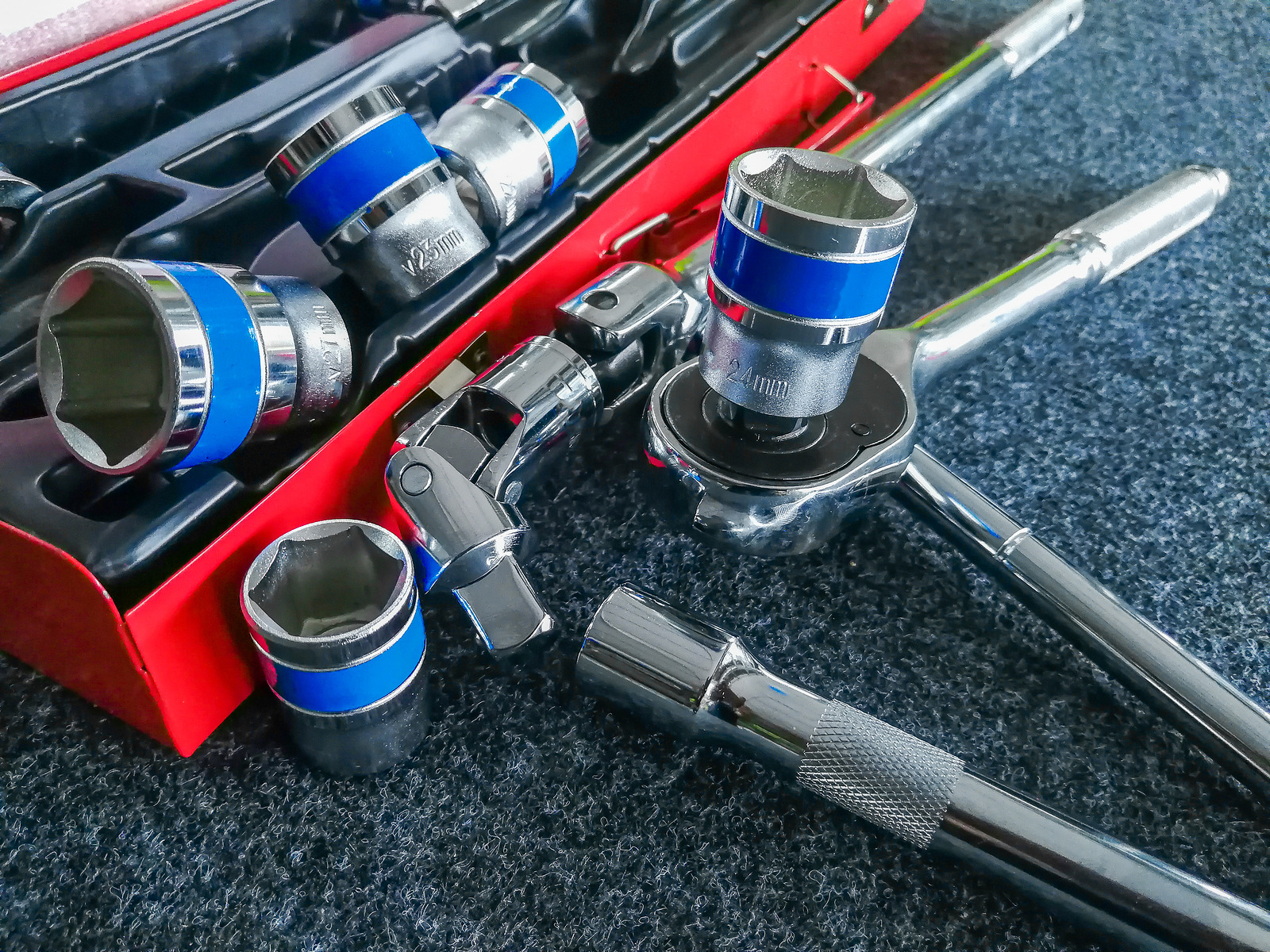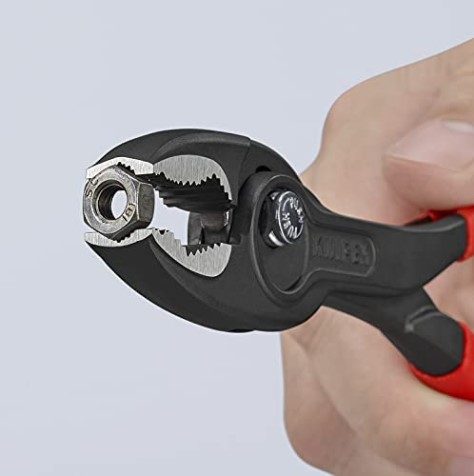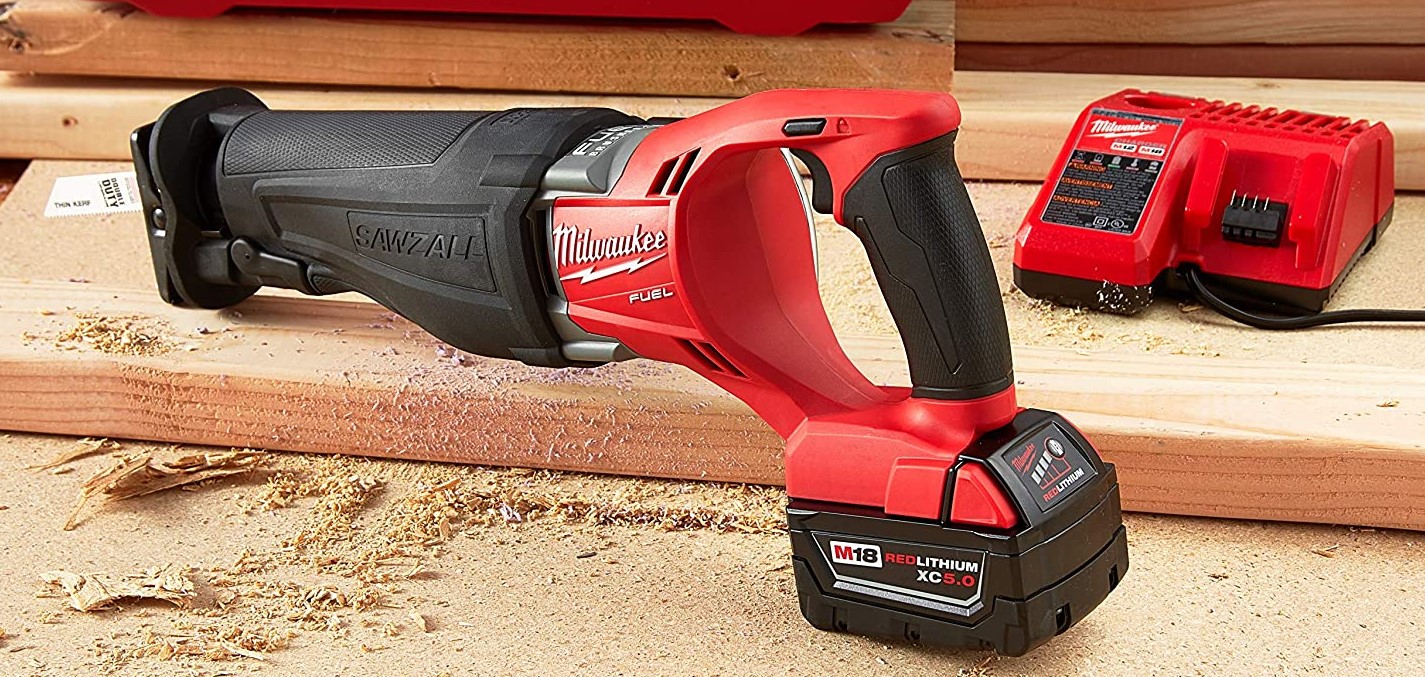Lessons from PMG Leadership
What do employees want from leadership? A quick Google search or a leisurely scroll through your LinkedIn feed can yield a bountiful harvest of lists (like this one from Forbes). However, if you read enough of them, you’ll find that what employees really want from their leaders is to learn.
As a leader, sharing accumulated lessons and experiences isn’t just good for employee engagement, it’s critical in developing the next generation of leaders.
In light of this, we asked several leaders at PMG to share a few of the leadership lessons they’ve learned on the way to, and through, their current role. We found four themes in their shared experience.
Lessons in Leadership
The Learning Never Stops
People spend a lot of time working towards where they want to end up, but most don’t realize the work doesn’t stop once they get there.
Look up to, and learn from, the leaders around you. It’s NEVER too late to learn. ALWAYS keep learning. Hard, AND smart, work pays off.
Natalie K. – Director of Client Solutions
Change Never Stops
It’s easy to take an, “If it’s not broke, don’t fix it” approach to business. But if your industry never stops changing, neither should you or your business.
Be open minded and understand that change is a constant, for the better.
Kathy M. – Sales Administrator
Don’t Forget What You’re Working For
The day to day grind is an easy place to lose your perspective at work, but try hard not to.
Work hard and celebrate the wins, no matter how small.
Joan F. – Controller
Misconceptions in Leadership
Leaders Are Not Always Right
Everyone has a boss, and we all look to them for answers when we don’t have them, but they aren’t infallible.
The most common misconception is that we know everything there is to know about our role. I’m a manager, that doesn’t mean I’m going to know every answer right away, but it does mean I’ll know the right places to look or the right people to ask to get you a well-educated and researched answer.
Elizabeth B. – HR Manager
Saying No Isn’t Easy
Our leaders are generally the final say so on most decisions and they don’t normally like to say, ‘No’ without a good reason.
I think people think that leadership is hard because you have to deal with different individuals and you don’t want to ‘ruffle any feathers.’ Saying no is always tough, but setting expectations helps so people are prepared.
Laura Y. – Sr. Manager/Strategic Project Development
Your Leaders DO Care About You
It’s easy to feel that you’re just another cog in an unfeeling machine, but good leaders do care about you.
The most common misconception I feel others have about leadership is that they don’t care. When actually, leaders truly meant to be leaders, do care about your growth within a company and are there to help you as needed.
Sonya T. – Accounting Manager
Rewards
You’re In-Charge
Being the boss may not mean your work is without headaches, but it does mean you have autonomy to try and address those complications for yourself and your team.
The best part about being in a leadership position is having the ability to drive outcomes, and getting the opportunity to work with people to leverage their strengths and support them in their professional development, which typically has a positive impact on them as well as on the team.
Amy G. – President
You Get to Grow
Good leadership helps good companies, and their employees, grow.
The best part of working in management or leadership is the ability to coach, mentor, and train employees in a way that ultimately builds and propels their own knowledge, skills, experience, and success.
Kim M. – Technical Manager & Coach
You Get to Celebrate Others
It’s easy being happy for the achievements of your teammates and coworkers because training, managing, and leading them means you’ve succeeded too.
The best part of leading is watching your team members succeed!
Kathy M. – Sales Administrator
Challenges in Leadership
Balancing Personal vs. Professional
Work anywhere long enough and you’re going to develop relationships with people that go beyond your job descriptions. Balancing how you feel about the person against how you feel about their performance can be difficult, even for leaders.
I’ve found the hardest part of management for me is carefully walking the line between friend/coworker and manager/leader.
Kim M. – Technical Manager and Coach
Everybody Is Different
Even in small companies, personalities, communication styles, and work preferences can vary greatly between employees. Finding a harmonious balance that benefits culture and production is one of the most important tasks on any leaders’ to-do list.
The hardest part of leadership, for me, is learning everyone’s work style and what best motivates each individual and then consistently applying that.
Joan F. – Controller
There’s Never Enough…Anything
Whether we’re talking about time, resources, or energy, if you’re a leader, you’re probably stretched thinner than your employees imagine.
In my role, in a HR department of 1, the biggest struggle is finding/making the time to focus on the big picture, while still getting the day-to-day tasks taken care of.
Elizabeth B. – HR Manager
If you’ve struggled to hit your stride as a leader, try focusing on some of these lessons from our leadership team. If you’re still looking for a company that exhibits great leadership, we think you should consider PMG.
“I think anyone should consider a career with PMG because we aim to be a place that offers excellent opportunities to top performers and welcomes the input of all team members to ensure we have the best practices in place to be as successful as possible. If that sounds like it would be an environment you’d thrive in, then we’d love to connect with you.” – Amy G.
Check out our website to learn more about open positions https://www.pmgservices.com/.
PMG’s Leadership Team















